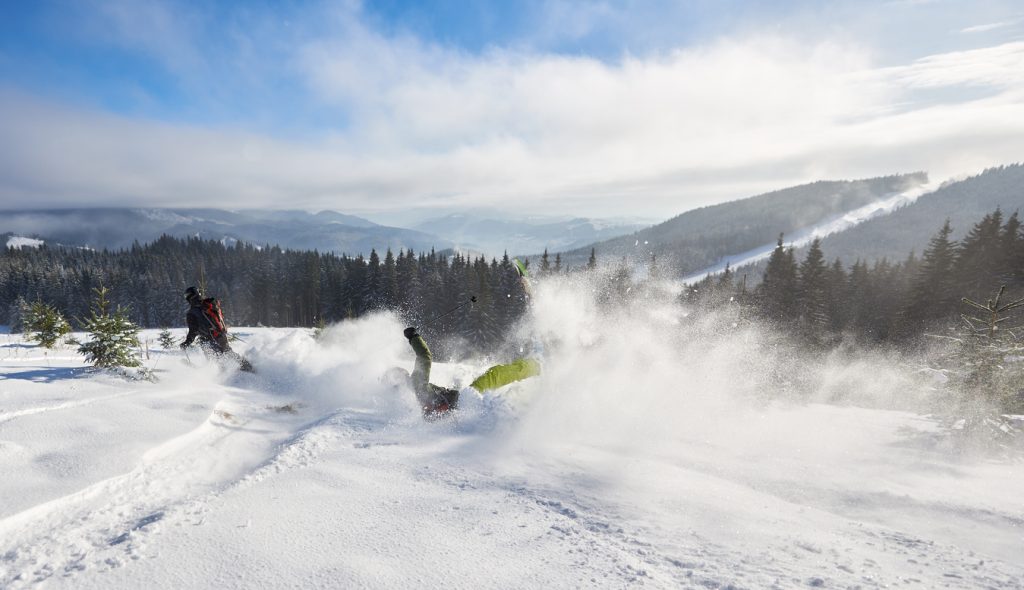Accidents on the slopes can unfold in an instant, leaving both injured skiers and those accused of causing harm uncertain about how financial responsibility will be addressed. For many, understanding ski collision claim payment is not straightforward, particularly when questions arise regarding liability, insurance coverage, or available legal remedies. Addressing these uncertainties requires careful consideration of insurance policies, state negligence laws, and the financial avenues available to cover damages. Knowing what steps to take if questions surface ensures that claims are handled in a manner consistent with legal and financial realities.
Why Understanding Ski Collision Claim Payment Matters
Questions about ski collision claim payment often surface immediately after an accident. Medical bills, lost wages, and property damage create urgent financial pressure, yet coverage depends on multiple factors. Ski resorts generally require participants to accept the inherent risks of skiing, but this assumption of risk does not shield individuals from accountability if reckless conduct leads to injury. This distinction places claim payment at the center of resolving disputes, as determining whether costs will be handled by insurance, personal funds, or negotiated settlements affects both parties.

Initial Steps When Facing Questions About Ski Collision Claim Payment
Anyone uncertain about ski collision claim payment should begin by reviewing relevant insurance policies. Homeowners insurance, umbrella coverage, or renter’s policies may extend to recreational accidents. The at-fault skier’s liability insurance may also apply if their policy includes coverage for injuries caused by negligence. Injured parties, meanwhile, must evaluate their own health insurance coverage for immediate treatment costs.
The next step is documenting the accident thoroughly. Ski patrol reports, witness statements, and photographs of the scene all provide essential context when insurers evaluate responsibility for claim payment. Without this supporting evidence, insurers may challenge the legitimacy of damages or dispute the sequence of events leading to the collision.
How Liability Shapes Ski Collision Claim Payment
Liability plays a decisive role in ski collision claim payment. Courts and insurers rely on negligence principles to determine who is financially responsible. If a skier was traveling at excessive speed, ignored posted warnings, or failed to maintain control, liability may rest squarely with that individual. In some states, comparative negligence laws allow damages to be reduced if the injured party shares partial responsibility.
Because liability rules vary across jurisdictions, questions about claim payment often depend on the location of the collision. States with ski safety statutes may impose specific duties on skiers, making violations strong evidence of negligence. Understanding these laws helps clarify who bears the financial burden and ensures payments align with statutory obligations.
Insurance Challenges in Ski Collision Claim Payment
When individuals have questions about ski collision claim payment, insurance policy exclusions often create confusion. Some policies explicitly exclude recreational activities like skiing, while others limit coverage to accidents occurring on the insured’s property. Even when coverage exists, insurers may dispute liability, delay settlement, or argue that medical treatment was unrelated to the collision.
If homeowners insurance is insufficient or contested, umbrella policies can provide an additional layer of coverage. These policies are designed to protect against high-value claims that exceed standard liability limits. Injured skiers may also encounter subrogation, where their health insurer seeks reimbursement once liability is established. This interplay between insurers frequently complicates payment and underscores why documentation and clarity of liability are so important.

Addressing Uncertainty About Ski Collision Claim Payment
Questions about ski collision claim payment often extend beyond insurance coverage to issues of financial responsibility and settlement negotiation. If insurers refuse to pay, individuals may need to consider whether pursuing compensation through civil litigation is feasible. Courts can determine fault and order payment of damages, but litigation introduces costs, delays, and risks that must be carefully weighed.
For those seeking clarity on the defendant’s financial responsibility, guidance is available in resources such as how a defendant can pay for a ski collision claim. Understanding these payment mechanisms helps injured parties anticipate what financial recovery may look like, whether through insurance proceeds, structured settlements, or wage garnishment in cases where a judgment is issued.
Legal Standards That Influence Ski Collision Claim Payment
Legal definitions of negligence, duty of care, and assumption of risk all shape how ski collision claim payment is resolved. Courts often draw upon statutory guidelines when reviewing skiing accidents, particularly where state legislatures have enacted specific ski safety acts. These statutes typically outline skier responsibilities, such as maintaining control, yielding the right of way, and respecting marked trails.
Government resources, such as the U.S. Consumer Product Safety Commission, provide insights into injury patterns and safety standards that may be referenced when evaluating whether conduct was reasonable under the circumstances. While not binding, these references can help contextualize a skier’s actions and influence how liability and payment responsibilities are determined.

What to Do if Ski Collision Claim Payment Remains Unclear
Even after reviewing insurance policies and liability rules, questions about ski collision claim payment can persist. Uncertainty is common when multiple insurers are involved, or when one party lacks sufficient coverage. Injured skiers must weigh whether to accept partial settlement offers or pursue legal remedies to secure full compensation. Similarly, defendants may question how to manage financial obligations if insurance coverage is denied or insufficient.
Resolving these issues often comes down to negotiation, supported by strong documentation of damages and liability. Settlement discussions can provide clarity and avoid protracted litigation, but they require a clear understanding of both parties’ rights and responsibilities under the law.
Conclusion
When questions arise about ski collision claim payment, the path forward requires careful evaluation of liability, insurance coverage, and available financial remedies. Documentation of the accident, familiarity with state negligence laws, and review of applicable insurance policies are the first steps in resolving uncertainty. External resources, statutory guidelines, and civil courts provide additional pathways to clarity when disputes remain unresolved. By approaching claim payment methodically, both injured parties and those accused of causing harm can better navigate the complex intersection of insurance and liability.

